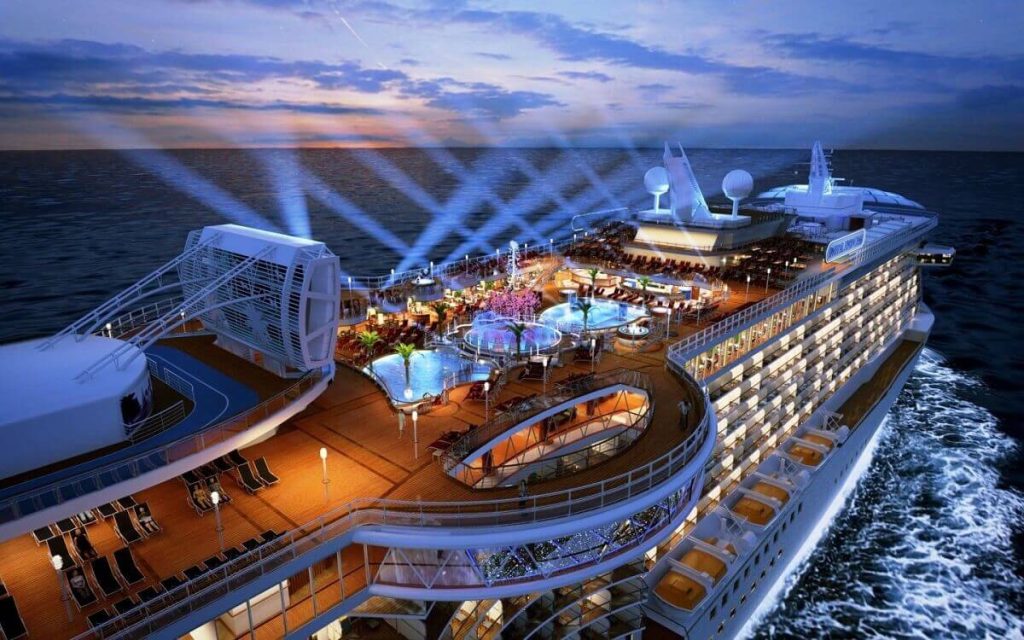Home France is recognized for its significant cultural heritage, exceptional cuisine, and attractive landscapes, making it the most visited country in the world. From seeing…


Kampala, the lively core of Uganda, exemplifies the nation’s profound history and dynamic contemporary existence. Being the capital and biggest city of this East African country, Kampala is very important in forming Uganda’s political, financial, and cultural scene. Originally tucked along the northern coast of Lake Victoria, the city stretches over a sequence of hills to produce a distinctive topography that has earned it the nickname “The City of Seven Hills,” although it has since grown much beyond its initial limits.
With a population of 1,875,834 as of 2024 spread over five separate political divisions— Kampala Central, Kawempe, Makindye, Nakawa, and Rubaga—the city proper of Kampala is bustling. From the administrative center of the central area to the more residential and industrial zones on the outskirts, every division adds unique character to the varied tapestry of the city. But Kampala’s impact goes much beyond its official borders; it includes a metropolitan area comprising Wakiso, Mukono, Mpigi, Buikwe, and Luweero among other nearby districts. With population estimates ranging up to 6.7 million people, this bigger urban agglomeration is a powerhouse of growth and development among East African cities.
One cannot overstate Kampala’s economic importance. Comprising more than half of Uganda’s whole economic output for 2015, the metropolitan area produced an estimated nominal GDP of $13.80 billion. This level of economic activity emphasizes Kampala’s position as a regional economic center and its part as the engine of Uganda’s development. With an amazing annual population growth rate of 4.03 percent, which ranks the city among the fastest-growing cities in Africa, its fast expansion is also demonstrated.
Even with the difficulties associated with such fast urbanization, Kampala has been able to preserve a quality of life unique among many of its regional counterparts. Renowned worldwide consulting company Mercer has regularly ranked Kampala as the best city to live in East Africa, above other big cities including Nairobi in Kenya and Kigali in Rwanda. This accolade offers its citizens a mix of economic possibilities and urban amenities, so reflecting the city’s capacity to balance development with livability.
Geographically, Kampala is 189 square kilometers, comprising 176 square kilometers of land and 13 square kilometers of water. The hilly topography of the city is distinguished by valleys dotted with often slow-moving rivers and swamps. Apart from influencing the physical growth of the city, this special terrain adds to its scenic appeal. Rising to an elevation of 1,311 meters above sea level, Kololo hill’s summit marks the highest point in the city proper; the lowest point is found at the shores of Lake Victoria at 1,135 meters.
As rich and varied as Kampala’s physical terrain is its cultural one. The city protects Uganda’s legacy by housing significant sites including the Uganda Museum, which highlights the nation’s cultural and natural history, and the Ugandan National Theatre, a venue for performing arts that supports local talent and helps to preserve ancient art forms. Kampala also has particular importance since it is the capital of the Buganda kingdom, among the first established traditional kingdoms in Africa. Bulange Mengo, the administrative center of the kingdom, proudly reflects Buganda’s ongoing cultural impact.
The Kasubi Tombs, a UNESCO World Heritage Site used for the burial of Buganda’s kings, are among Kampala’s most revered cultural sites. Apart from great spiritual value for the Baganda people, this holy site provides guests with a window into the rich architectural legacy of the kingdom. In the middle of the city sits the Independence Monument, another famous site. This soaring monument reminds us of Uganda’s path toward self-governance and marks the country’s hard-earned freedom from colonial control.
The dynamic markets and shopping areas of the city help to best capture its personality. Owino market, sometimes referred to as St. Balikuddembe market, is a vast market that best captures Kampala’s entrepreneurial vitality. Here, among a symphony of sights, sounds, and smells assaulting the senses, visitors can find a varied mix of items ranging from fresh produce to second-hand clothing. For those looking for a more modern shopping experience, Kampala also features a number of modern malls and arcades including Acacia Mall and Imperial Mall, which carry both local and international brands.
Kampala becomes a playground for evening people and party goers as the sun sets. Legendary nightlife of the city exists in places like Kabalagala and Kololo, which throb with dance and music until early hours. From chic lounges to gritty dance venues, Kampala presents a nighttime experience to fit every taste and budget.
Entebbe International Airport, about forty kilometers from the city center, connects Kampala to the globe. Being the biggest airport in Uganda, it is the main point of entrance for foreign guests and is therefore very important for trade and tourism.
Currency
Founded
Calling code
Population
Area
Official language
Elevation
Time zone
Uganda, formally known as the Republic of Uganda, is a landlocked nation situated in East Africa. This dynamic nation is flanked by Kenya to the east, South Sudan to the…
Home France is recognized for its significant cultural heritage, exceptional cuisine, and attractive landscapes, making it the most visited country in the world. From seeing…

The 7 Wonders of the 21st Century feature amazing successes redefining human creativity and engineering capability. From the calm Temple of Buddha's Origin in Leshan,…

While many of Europe's magnificent cities remain eclipsed by their more well-known counterparts, it is a treasure store of enchanted towns. From the artistic appeal…

From Rio's samba spectacle to Venice's masked elegance, explore 10 unique festivals that showcase human creativity, cultural diversity, and the universal spirit of celebration. Uncover…

Boat travel—especially on a cruise—offers a distinctive and all-inclusive vacation. Still, there are benefits and drawbacks to take into account, much as with any kind…

© All Rights Reserved. By Travel S Helper